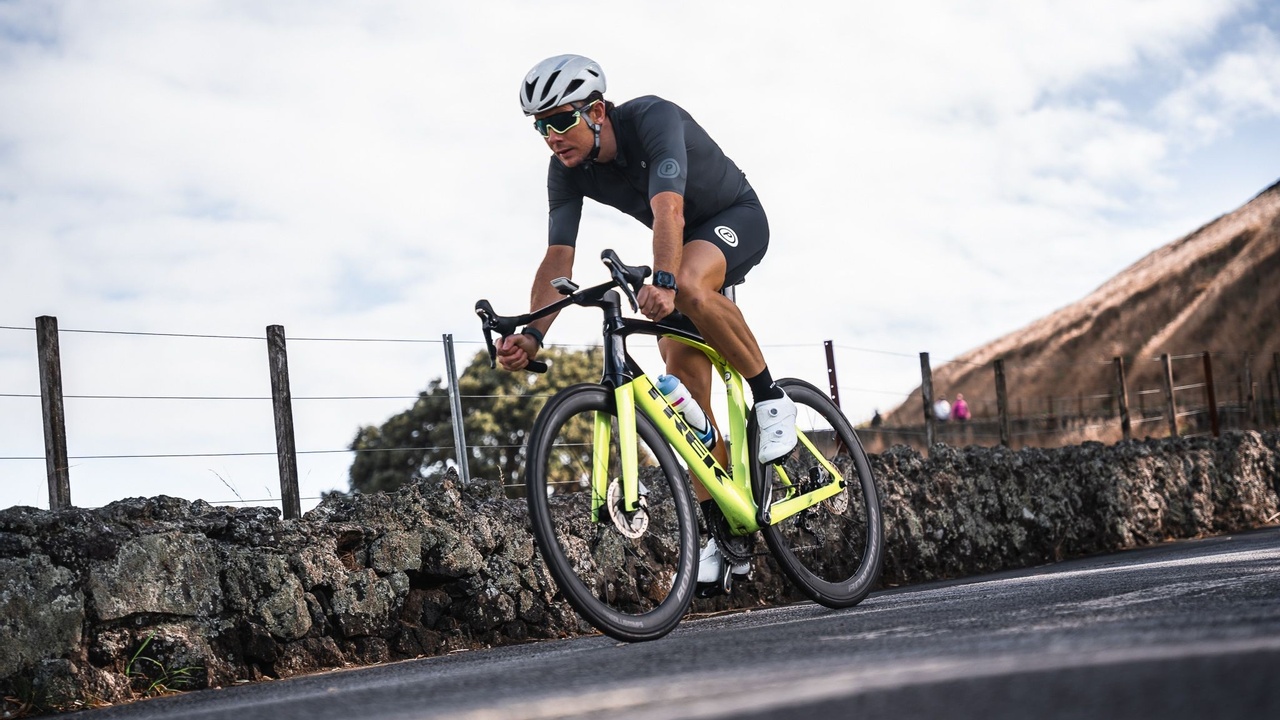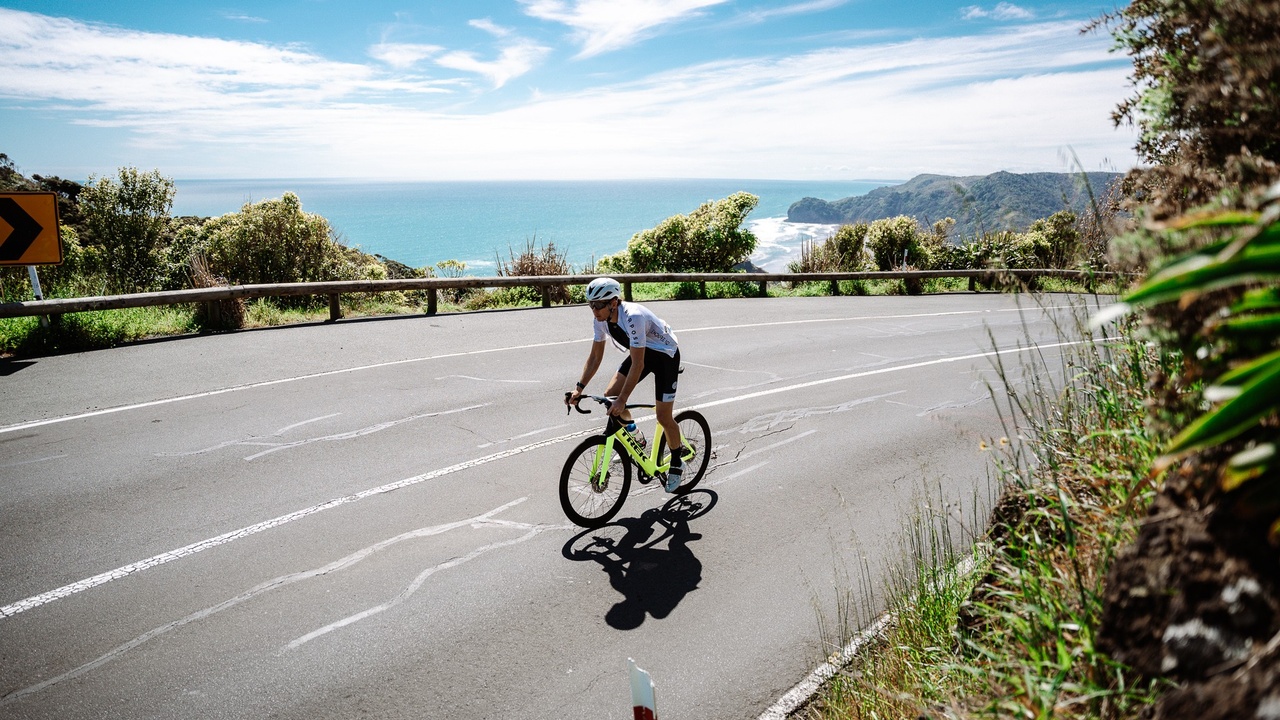Unpacking 'Within-Session Intensity Regulation': Defining the Concept

📸 @rookproductionsmedia
In recent blogs and newsletters, I have extensively discussed 'within-session intensity regulation.' I believe that proper within-session intensity regulation is one of the most critical components of the training process. It's a topic I spend a lot of time contemplating, planning for, and researching.
But what exactly do I mean by 'within-session intensity regulation'? In this blog, I'll attempt to clarify this concept.
Context
Imagine you're training for an Ironman. You're currently in the midst of a four-week Specific Strength training block, focusing on (i) accumulating a substantial overall training volume and (ii) engaging in long, tempo runs on hilly terrain. Your training program emphasizes low-intensity sessions below the lactate threshold, allowing you to train extensively and frequently without inducing excessive fatigue (7, 8). The only sessions in your plan that exceed the lactate threshold are (i) a midweek trainer workout involving 8-minute thr...
Training intensity distributions: From Polarized to Pyramidal models, specificity is key in Long Distance Triathlon

By Dr. Dan Plews
In the Ironman community, there is a lot of talk about training intensity distribution. In this blog, I am going to cover some of the basics around training intensity distribution, which is one of the key concepts you need to navigate in building up to your race.
What is training intensity distribution?
So, before we can even think about discussing the right training intensity distribution when preparing for an Ironman, it is first important to make absolutely sure we know what the term means. Essentially, when we refer to training intensity distribution, we are talking about how much of the time we spend in different physiologically based training intensity zones. Whilst there is a range of different training zone models, the simplest and most applicable is probably the three-zone model, which is the one we use to quantify training intensity distribution. In the three-zone model, you have two training zone ‘thresholds’, which we refer to as the “lactate threshold” ...
The first 'aerobic' threshold: Understanding and practically determining yours for endurance training

By Ed Maunder and Dr Dan Plews
As endurance athletes, we spend a lot of time talking about our ‘thresholds’; “what’s your FTP?” is as ubiquitous in endurance circles as “what’s your bench?” is in strength sport. FTP – or functional threshold power – is a metric gaining increasing footing in training programming and load monitoring in cycling and triathlon. Typically calculated as 95% of an athlete’s best-effort power over 20 min, FTP is used to estimate the second physiological ‘threshold’, which defines the transition from steady-state to non-steady-state physiological responses to exercise. That is, above this second threshold – commonly referred to as the “anaerobic threshold” – physiological variables such as oxygen consumption, circulating lactate concentrations, and muscle and blood acidity cannot stabilise, which means that fatigue inevitably and progressively develops.
Whilst knowledge of this second threshold is definitely of significance to endurance athletes, we argue tha...
Bicarbonate supplementation: A strategy to stimulate mitochondrial adaptation to training?

Dr Dan Plews and Ed Maunder
Scientists have investigated many different strategies that may up-regulate adaptations to endurance training. One thing that the majority of these strategies have in common – e.g. training with low-glycogen availability, under heat stress, or at altitude – is that they make training harder. With low-glycogen availability you have less carbohydrate energy available and may well feel flat; under heat stress the powers and paces you achieve at the various intensity thresholds decrease as you get hotter, and at altitude, it is more difficult to get the necessary oxygen to the working muscles due to the thin air. Therefore, any greater adaptive pay off comes at some cost
One strategy that may not come at this “makes it harder” cost that has seen some attention in the exercise physiology literature is bicarbonate supplementation during training. Many of you may be familiar with bicarbonate in an acute performance context; as an acid-base buffer, bicarbonate is ...
Keep your metabolic health thriving during periods of over-indulgence

As we enter the holiday season and festive period, I am reminded of a Journal of Physiology study published in 2013 by a group of researchers from the University of Bath in the U.K. (2). The results of this study have relevance to all of us at this time of year; whether we are training for an upcoming competition or event, or just for our health and wellness.
It is well-documented that brief periods of overfeeding - that is, consuming many more calories than we expend in our metabolism – can have negative consequences for our metabolic health. For instance, short periods of overfeeding, much as we might see over the holiday period, have been shown to impair insulin sensitivity (3) and have effects on things like adipose tissue gene expression (1). I don’t bring this up to scare you into boycotting Christmas dinner; relaxing and enjoying the holidays is a great opportunity to blow off a little of the steam that has built up in this most challenging of years. Whilst those competing at I...
Should I train my gut? Both sides of the coin on preserving endogenous carbohydrates

- Dan Plews and Ed Maunder
As we have mentioned in previous blogs, during ultra-endurance events lasting ~8-15 hours like long-distance triathlon, the preservation of endogenous carbohydrate (CHO) stores is one of the key determinants of success (25). As humans, we possess a finite capacity to store CHO energy as glycogen, typically <3000 kcal, of which ~80% is stored in muscle and ~10-15% in the liver (7). Assuming typical running economy values observed in highly-trained distance runners (1.07 kcal.kg-1.km-1) (6) and a body mass of 68 kg, these endogenous CHO stores would not be sufficient to support even one marathon alone (~3070 kcal), let alone a marathon following a 3.8-km swim and a 180-km bike ride. Accordingly, exercise of sufficient duration and intensity – such as an Ironman – will deplete these endogenous CHO energy stores to very low concentrations, and this glycogen depletion has been linked to the fatigue we feel in the late stages of a race (27–29).
Theref...
The Role of Myofascial Slings in Triathlon: Part 1 – Understanding Our Sling System

- Adam Storey, PhD
How “easily” we can perform a specific movement or task is a critical determinant of Long Distance Triathlon (LDT). For example, to run a 3-hour marathon (an excellent running time in an Ironman Distance Triathlon) the average pace is 4:16 min/km. There are many athletes who can run 4:16 for 1 km; the issue most athletes face is that they simply can’t do it easily enough to do it 42 times back-to-back. In their online course Endure IQ LDT 102: Training Program Fundamentals for Long Distance Triathlon, Dan and the team at Endure IQ go through the rationale regarding how, for LDT, it’s likely better to focus on “specific strength” rather than lifting heavy weights in the gym. However, gym-based exercises where the main focus is to improve movement efficiency are still likely to be very beneficial, and, moreover, can be completed is less than 20 minutes; a key consideration for the time-poor long distance triathlete! Endure IQ have already covered how plyome...
